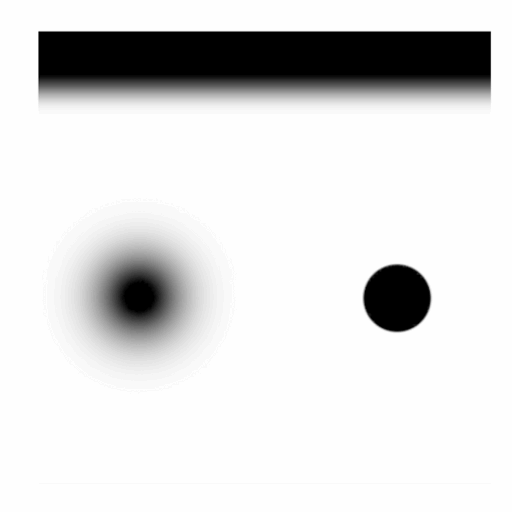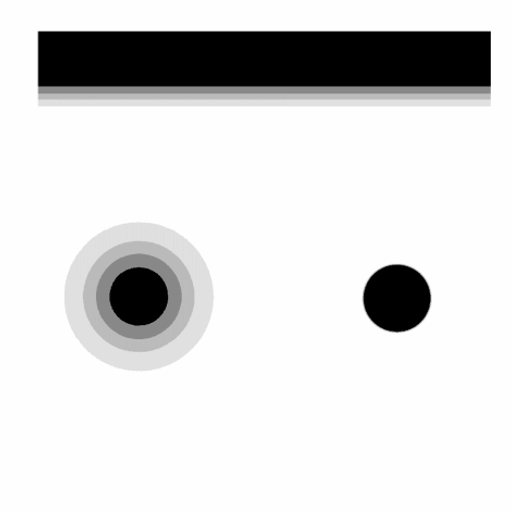$alphatest: Difference between revisions
Jump to navigation
Jump to search
ThunderKeil (talk | contribs) mNo edit summary |
ThunderKeil (talk | contribs) m (→See also: changed all transparency-related articles' see-also's to link oneanother) |
||
| Line 35: | Line 35: | ||
*<code>[[$alpha]]</code>, for texture-wide translucency | *<code>[[$alpha]]</code>, for texture-wide translucency | ||
*<code>[[$distancealpha]]</code>, for vector-like alpha edges | *<code>[[$distancealpha]]</code>, for vector-like alpha edges | ||
*<code>[[$translucent]]</code> | *<code>[[$vertexalpha]]</code> | ||
*<code>[[$translucent]]</code>, for per-pixel opacity. | |||
[[Category:List of Shader Parameters|T]] | [[Category:List of Shader Parameters|T]] | ||
Revision as of 07:20, 7 April 2020
Template:Shaderparam It specifies a mask to use to determine binary opacity. White represents fully opaque, while black represents fully transparent. Any values in-between are rounded to either 0 or 1. This effect is similar to $translucent, except that it can not be semi-opaque, is much faster to render, and the engine can sort it properly when layered.
VMT syntax example
$alphatest <bool>
LightmappedGeneric { $basetexture glass\window001a $alphatest 1 $alphatestreference .5 $allowalphatocoverage 1 }
Additional parameters
$alphatestreference
$allowalphatocoverage
Comparison with $translucent
| $translucent | $alphatest |
|---|---|
Notice how the right circle hardly changes.
See also
$alpha, for texture-wide translucency$distancealpha, for vector-like alpha edges$vertexalpha$translucent, for per-pixel opacity.

